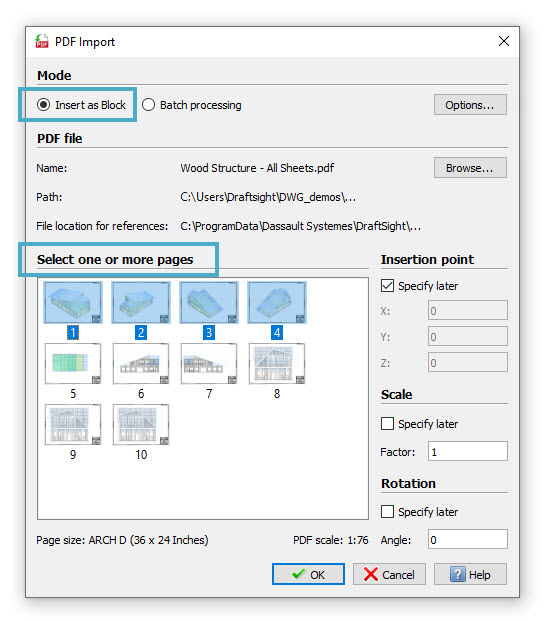2D Design with DraftSight: Customer Story with Sealed Air’s Brandon Foster
We recently talked to Brandon Foster, the CAD Administrator at Sealed Air Corporation. Sealed Air specializes in industrial packaging materials, equipment, and services.
Brandon has nearly 20 years of experience using SOLIDWORKS, but he and his team also rely on DraftSight for many of their 2D needs.
Brandon told us, “DraftSight is critical for us. Probably 60% of our legacy designs are still within a 2D format, so we have to maintain those. We use those designs to build off of as templates. So, it’s necessary for us to have those tools to still manage the 2D environment.
We use DraftSight on a lot of different levels. We use it from an electrical design standpoint. We do schematics and wiring diagrams. We also use it primarily for plant layout to look at production lines to see how the equipment fits and works with the customers.”
“It’s a lot faster to use something like DraftSight to be able to formulate those layouts quickly for customers versus trying to put it all out in 3D,” he says.
We briefly turned our conversation toward the tools available to them in DraftSight and asked specifically if there was anything in particular that stood out or has become extremely important to him.

Brandon broadly grinned as he told us, “Yeah, so I will give you guys a highlight. The import utilities that have been created within DraftSight just recently are huge. Speaking of legacy data that we have, sometimes those are files or PDFs – it’s huge for us to now be able to take PDFs and pull them into DraftSight and quickly be able to import that directly to the geometry and the lines that we need.”

When asked if he and his SOLIDWORKS users, or even their other CAD designers, had any trouble moving to DraftSight, and what he saw as the biggest benefit from doing so, Brandon offered this:
“The transition is seamless; very easy for users to pick up. You can give somebody DraftSight, and typically, they can pick it up really quickly, even if they don’t have a background or experience. He went on to say, “I would say the learning curve is probably the biggest benefit out of it. Users can transition directly to DraftSight, and not miss a beat. So yeah, that’s huge, and I think most customers can probably say the same.”
Summary
Brandon and the team at Sealed Air couldn’t be happier using DraftSight for their 2D needs alongside their 3D tool, SOLIDWORKS. If you’d like to transition to a cost-effective 2D CAD solution with a popular and flexible licensing plan, DraftSight should be your choice.
If you’d like to give it a try, you can download a free, 30-day trial of DraftSight Premium here: https://www.draftsight.com/freetrial
Perhaps you and your organization can benefit from using DraftSight by itself, or by teaming with SOLIDWORKS, just like Brandon and his team at Sealed Air has.



